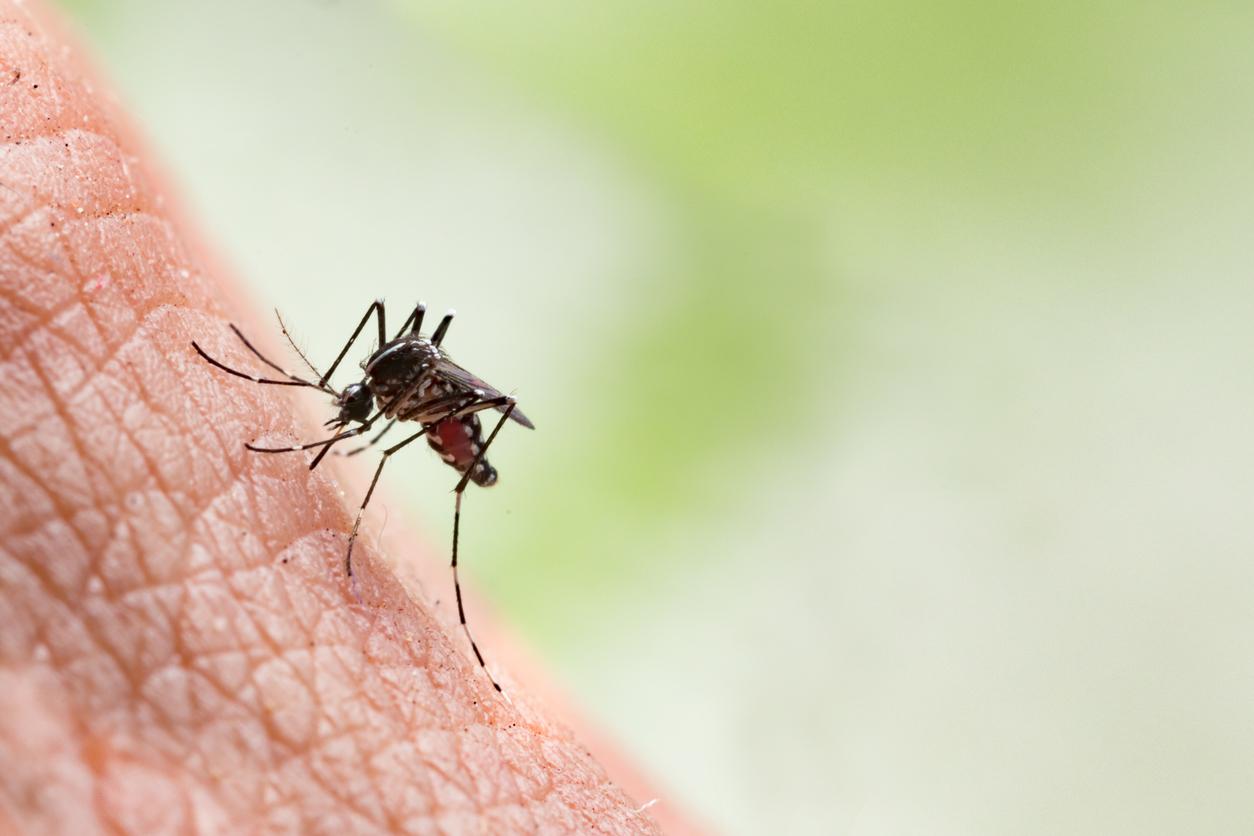The World Health Organization reveals that this virus is different from all those already isolated in humans but that it strangely resembles the SARS virus (severe acute respiratory syndrome). WHO is today looking into and investigating a currently well-developed outbreak in Saudi Arabia. The organization must answer the overarching questions of transmission, mode of infection, risk factors and development of dangerous disease.
Update on the epidemic
Two French patients have been identified as carrying the virus and placed in isolation. In Saudi Arabia, out of 15 patients, including 7 confirmed deaths have been identified.
In total and since last September, the WHO has been informed of 34 laboratory-confirmed cases of human infection with NCoV, including 18 deaths. The estimated case fatality rate is therefore 53% to date.
How to avoid contagion?
WHO calls on all Member States to pay particular attention to severe acute respiratory infections (SARS), to consider any unusual cases and to inform WHO.
Healthcare professionals should be vigilant in travelers returning from areas affected by the virus who develop a severe respiratory infection. But at this level of disease development, the WHO is not taking any specific border measures or travel restrictions.
Gregory Hartl, WHO spokesperson, acknowledges “ many gaps “In the knowledge of the virus, gaps which” will inevitably take time “to be able to be filled”. Indeed, ” the reservoir of the virus remains unknown, as does the number of cases which, developing a milder form of the infection, have not been identified to date, and the mode of contamination remains poorly known, even if human-to-human transmission seems to be admitted. “

















